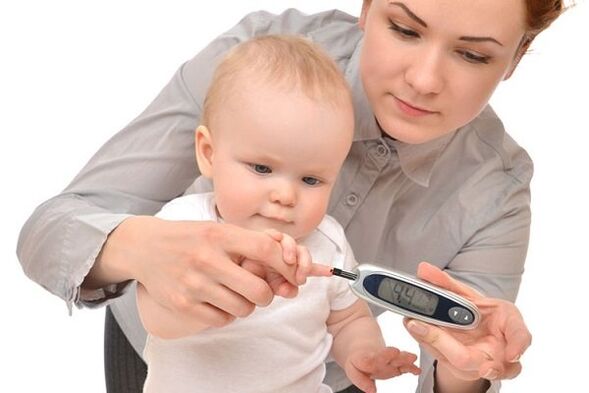To prevent the disease, you need to know the main symptoms of diabetes. Diabetes is a chronic endocrine disease caused by the absolute or partial insufficiency of insulin or the insensitivity of tissues to this hormone.
This disease is often referred to as a "silent killer. "Statistics show that about 50% of patients are unaware of their problem and continue to live a normal life while sugar is slowly ruining their bodies.
According to the World Health Organization, this disease closes the top three of all diseases after cardiovascular and oncological pathology. They predict that the number of patients will double every 15 years.
All this testifies to the right and, most importantly, the need for timely diagnosis and proper treatment of the disease. Everyone needs to know the first symptoms of diabetes mellitus in the modern world and be ready to start therapy.
Early signs of the disease
Let’s take a closer look at what might be the symptoms of diabetes? Like any other pathological process, diabetes has an early stage with very extensive symptoms, a peak period and an end stage.

In order to prevent the case from happening unfavorably, the presence of the disease should be suspected in good time and a doctor should be consulted. The very first symptoms of diabetes are reluctant to disguise themselves as common cold infections.
These include:
- Constant fatigue and desire to sleep.
- Common urinary episodes, urinary incontinence, nocturnal urination.
- Significant weight loss for no apparent reason.
- Long healing time for small wounds and cuts.
- Decreased sexual activity in men, problems with premature ejaculation.
- Hunger, which is difficult to quench with the usual rations of food, which occurs even without physical exertion.
- Deterioration in the quality of vision, blurred vision and double vision.
- Slight tingling in the tip of the fingers or toes. Violation of small movements and tactile sensitivity.
- Thirst for diabetes and a desire to drink a lot of fluids. The daily amount of moisture consumed can exceed 3-4 liters.
- Urinary tract and genital infections in women.
As you can see, these symptoms are very non-specific and are often attributed to hard work, stress, or colds. But if they start to develop in a person, the best solution would be to see a doctor and have a blood test for sugar and glycated hemoglobinxz. .
Symptoms of the disease in minors
The first symptoms of diabetes mellitus in children most often coincide with those in adults. However, there are nuances you need to know to make a timely diagnosis.

The first "bells" for children over the age of 7 may be:
- Polydipsia or strong thirst. The child wants to drink continuously even during normal physical activity.
- Urinary incontinence during sleep in cases where this has not occurred before.
- Significant weight loss with proper diet.
- Frequent nausea and vomiting.
- School problems, poor performance, mood swings, aggression.
- Increased skin diseases (furunculosis, carbucles, barley and others), constant itching.
- Girls may develop thrush or other bacterial lesions during puberty.
The problem is that parents ignore such signs in their children, often leading to hyperglycemic coma and severe, difficult-to-treat complications.
It is very important that very young children are suspected of having diabetes. They can’t tell you what worries them, but a mother or father needs to be able to understand their child.
The first symptoms of hyperglycaemia in infants may include:
- If you have an excellent appetite, your child will lose weight or not at all.
- The baby’s constant restlessness, which only goes away after drinking.
- Incidence of diaper rash in the lumbar region, which is more common than usual and does not respond to standard treatment.
- The special condition of diapers after drying children’s urine - they turn out to be hardened.
- Maybe the formation of sticky stains on the surfaces where the baby's urine got into.
- With the acute development of the disease, vomiting, diarrhea and dehydration may occur sharply.

The ability to suspect the disease is critical. Unfortunately, ordinary people sometimes do not fully understand the severity of the first signs of diabetes. Because of this misconception about oneself and one's health, more than half of the time we make a correct diagnosis falls into a terminal condition called hyperglycemic coma.
Symptoms include:
- loss of consciousness of the patient;
- dry wine;
- drop in blood pressure and increased heart rate;
- characteristic acetone odor from the mouth.
In the presence of such an image, the patient requires immediate hospitalization with appropriate insulin therapy.
To prevent the occurrence of such conditions and diseases, all citizens need to know the first signs and symptoms of diabetes.

























